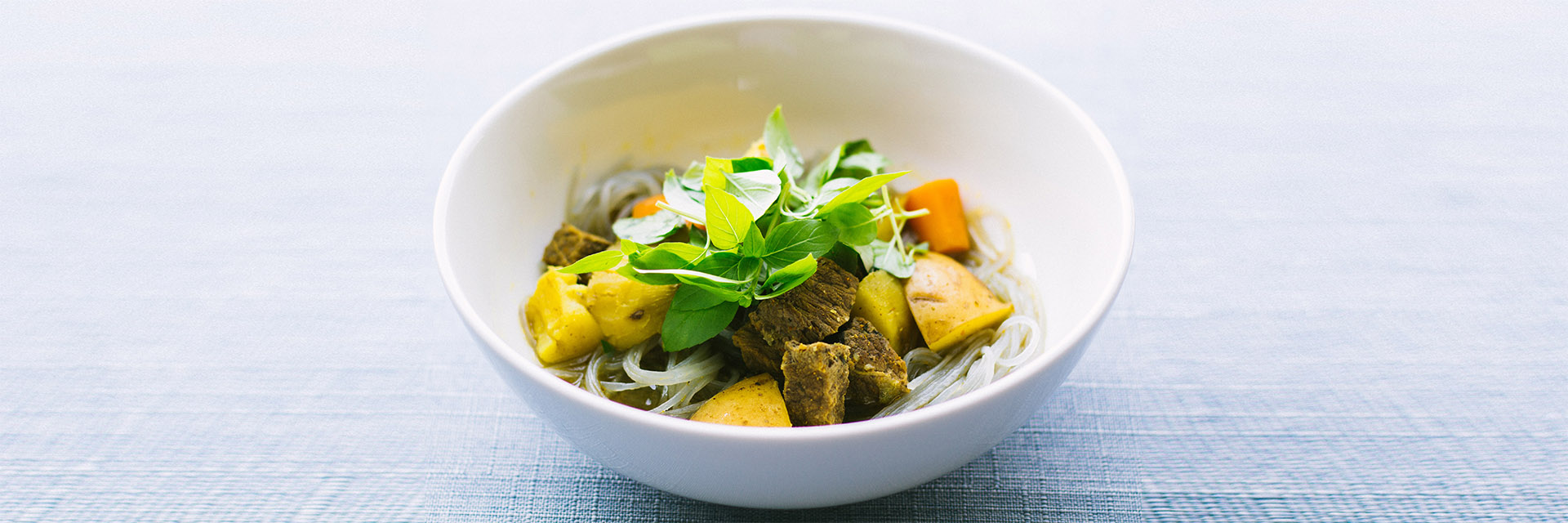The sun is shining, and the grill is beckoning. It’s the perfect time to invite friends and family over for some dining al fresco.
But with dining outdoors in the summer heat can come the risk for food poisoning. According to the FoodSafe.gov, one in six Americans gets the illness each year, and about 128,000 are hospitalized because of it.
“The most common foodborne illnesses are norovirus, Salmonella, Clostridium perfringens, and Campylobacter,” the CDC says.
But the Centers for Disease Control says four steps can reduce that risk.
The first step, the CDC says, is to clean your hands and food preparation surfaces regularly, and rinse off fruits and vegetables before preparing them.
The second step is to keep raw and cooked foods separate, and keep raw meat and eggs separate from all prepared foods and produce. This includes cutting boards, dishes and utensils.
The third step is one that Denice Taylor, a registered dietitian with Texas Health Arlington, says includes some easy rules any party host can follow to help keep guests safe.
“A thermometer is essential for safety to check your temperatures,” Taylor says. “A lot of people don’t do that.”
FoodSafe.gov says meat should be kept cold until you’re ready to cook it. Safe cooking temperatures vary by type and cut of meat:
Beef, pork, lamb & veal (steaks, roasts and chops): 145°F with a 3-minute rest time
Ground meats: 160°F
Whole poultry, poultry breasts & ground poultry: 165°F
And if you’re planning on marinating that meat, the United States Department of Agriculture recommends doing so in a refrigerator—not the kitchen counter.
“If some of the marinade is to be used as a sauce on the cooked food, reserve a portion of the marinade before putting raw meat and poultry in it,” the agency says.
And the fourth step involves storing that food, and keeping it at the correct temperature during the gathering.
“One of the rules that many have learned is that perishable food left out for more than two hours may become unsafe,” Taylor explains, “but it becomes a one-hour rule when it’s hot outside—90 degrees or warmer.”
And maintaining the proper temperature for food is important, she adds.
“All cold foods should be placed inside an iced container,” Taylor says. “All hot foods should be kept warm and at the proper temperature.”
“Use chafing dishes, warming trays and slow cookers to keep hot foods warm.”
“And make sure that the food is 140 degrees or warmer before placed in the warming containers,” Taylor adds. “Warming containers just keep food warm—they don’t heat food.”
“Once food is cooked on a grill, it should be served immediately,” Taylor says. “If you can’t do that, put it in a chafing dish or warming tray that’s been properly heated—as quickly as possible.”
If you’re taking food to a picnic or gathering, Taylor says it’s important to make sure food is stored at the right temperature during transport in the summer, too.
“Food should travel there in an iced cooler or special insulated container to keep food cold,” she says. “Put ice in the cooler first, close it, and wait a bit before adding your food.
“The cooler should start out cool before you put food in it.”
And if you get home and look at a cooler full of leftovers swimming in water from melted ice, Taylor says it’s better to be safe than sorry.
“When in doubt, throw it out,” she says. “If you get home and the ice is melted and you’re not certain the leftovers have been stored safely, just go ahead and throw them away.”

